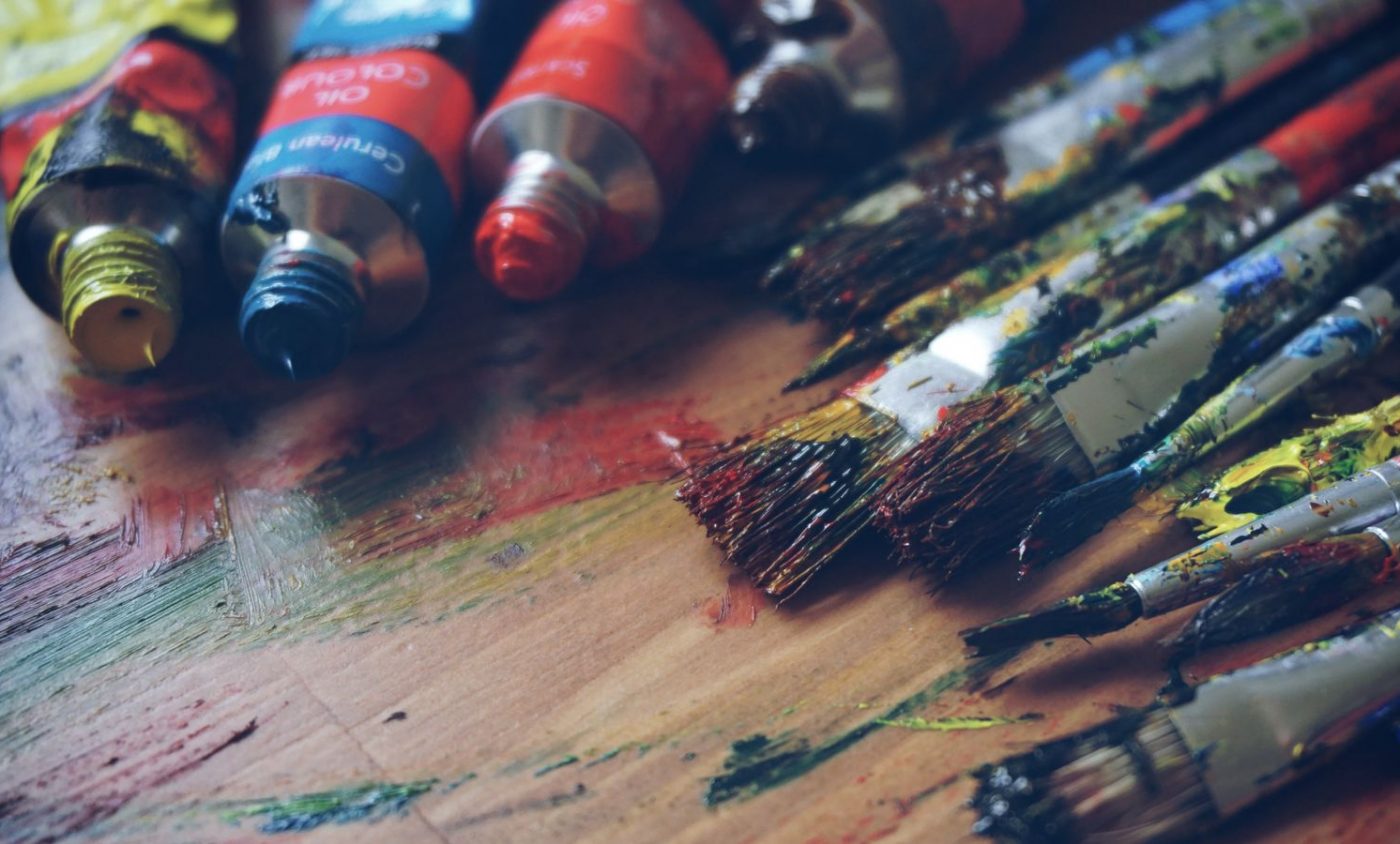As discussed earlier hatching means drawing parallel lines together in order to produce varying tones of light and dark and hence create depth to an art. Here we will the different forms of hatching practiced today.-
1. Parallel hatching
Parallel hatching is one of the most basic forms of hatching, and a very effective way of demonstrating lightness and darkness. It consists of parallel lines placed closely together. Areas where these parallel lines are used serve as dark areas and areas without them or scarcely populated with them serve as areas under light.

2. Contour hatching
Contour technically means an ouline representing the shape or form of something. This method of hatching not only enhances the sense of volume of anything you are drawing,but also helps in providing value to art.

3. Crosshatching
This is such a well-known method that nearly is used by everyone. After laying down one set of hatch marks, another set of hatch marks are drawn on top, usually in a perpendicular or near-perpendicular direction to the first one. Depending on how it is applied, it provides a good texture to the figure.

5. Basket/woven hatching
A different form of hatching, it is not done in a parallel fashion but can be best understood for its criss-cross pattern, if done correctly it produces a beautiful product and a shade of a different kind.

6. Tick hatching
This form of hatching consists of small parallel line also known as “ticks.” Because the marks are so small and short, they help in providing a good texture and depth to the drawing.

the above forms are the most commonly used forms of hatching, there is no limit to how one can shade and the different techniques one can come up with. To learn more about different shading techniques, you can check here.
Also do not forget to follow us on Instagram and on WordPress to keep track of latest posts by us. Keep Drawing!
